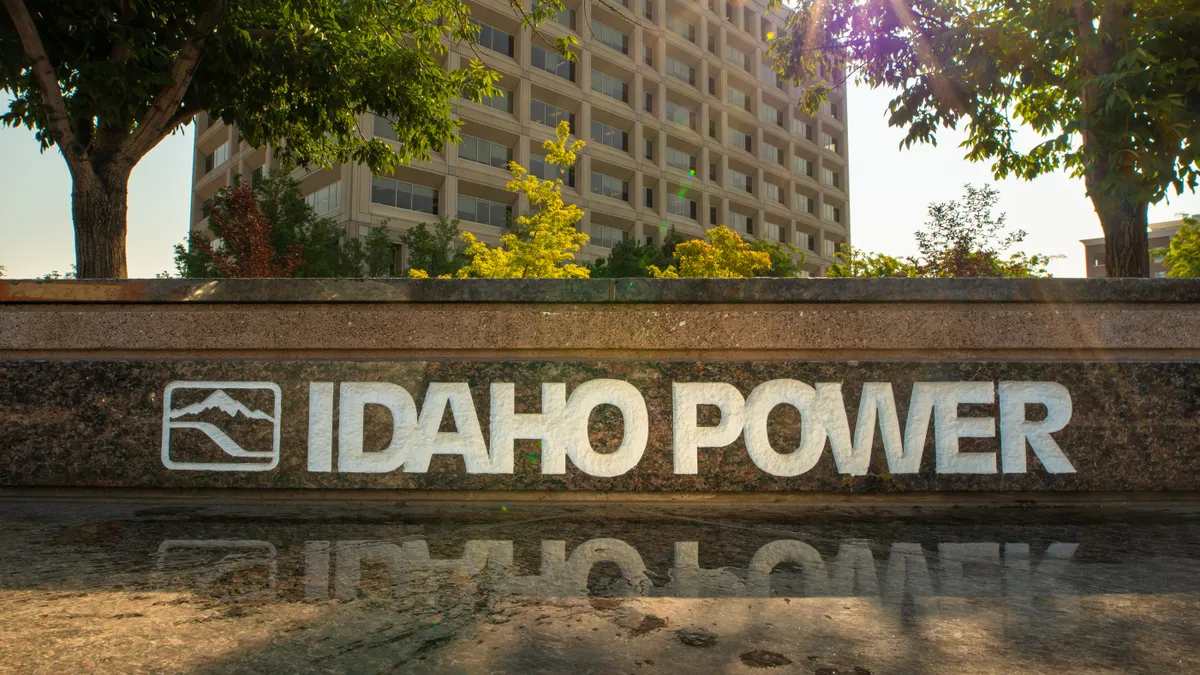Dive Brief:
- Construction has begun on Idaho’s first utility-scale energy storage installations, which are expected to start to come online this summer, Idaho Power announced March 3.
- An 80-MW battery energy storage system is being installed at the company’s Hemingway substation in Owyhee County and a 40-MW system is being built adjacent to the 40-MW Black Mesa solar project in Elmore County.
- Idaho Power told state regulators it identified in May 2021 a capacity deficit of 78 MW by this June, growing each year through 2026. The expected deficit soon grew to 101 MW. Idaho Power cited transmission availability, an increasing population and rising demands on its system and lower generation effectiveness of variable resources during critical demand hours.
Dive Insight:
Idaho Power proposes to meet its 2023 capacity deficiency with projects that in total are 120 MW of dispatchable battery storage.
State regulators said the “evidence and the record” demonstrate that “public convenience and necessity” require Idaho Power to acquire 120 MW of dispatchable energy storage. Idaho Power’s needs for more dispatchable resources to meet customer demand and ensure system reliability beginning this summer are “not in dispute,” the IPUC said.
The dispatchable energy storage expected to come online this summer will “position the company to meet increasing customer demand and ensure system reliability” beginning in the summer, the commission said.
Idaho Power said it anticipates needing more energy and capacity in 2025 and beyond and is analyzing proposals for projects that would come online that year is soliciting proposals to meet resource needs in 2026 and 2027. These resources would potentially be in addition to the 500-kV Boardman-to-Hemingway transmission line the company plans to have online in 2026, providing additional import-export capacity to the Pacific Northwest.
Battery energy storage systems are designed to discharge their capacity over four hours, Idaho Power said. A 40-MW battery can deliver 160 megawatt-hours, enough to power more than 5,000 homes during peak demand periods, the company said.
“These battery projects are an example of how we are using new technology to make sure our customers have reliable power while we adapt to the continued growth on our system,” said Mitch Colburn, vice president of planning, engineering and construction at Idaho Power.
“These systems – along with the solar projects coming online and future resources identified by our long-range plan – will also move us closer to our goal of providing 100% clean energy by 2045.”
Another battery energy storage system is in the works. Idaho’s largest solar farm, a 120-MW Jackpot Solar project south of Twin Falls, began delivering electricity to Idaho Power in December. The company in February submitted plans to state regulators for a second solar project in the area.
The 100-MW Franklin Solar project will include a 60-MW four-hour duration battery energy storage system owned and operated by Idaho Power. Pending approval by the IPUC, it’s scheduled to come online in 2024.















